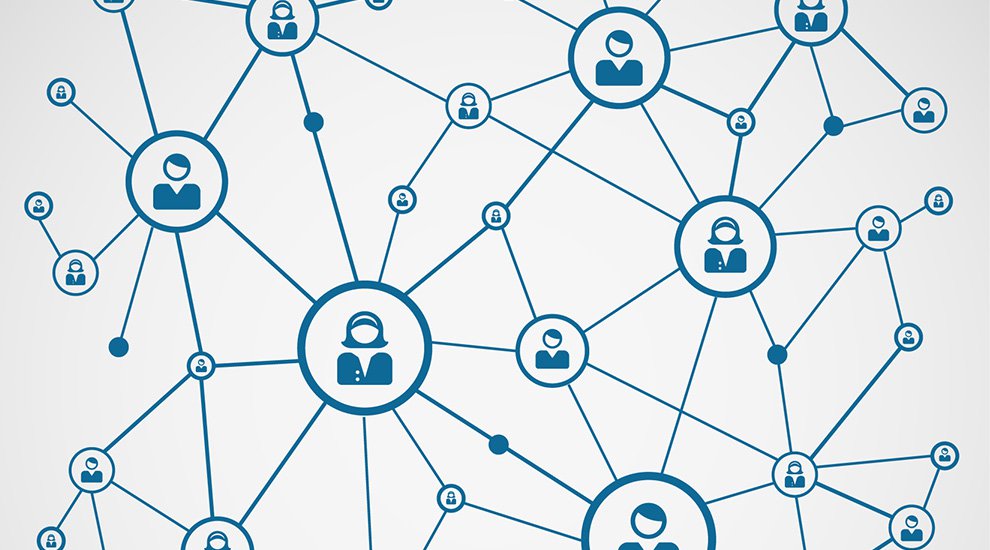The text of the Cybersecurity Act of 2009 (the “Act”) is now available, and individuals, organizations and associations, and, of course, lawyers, are now starting to digest its contents.
This legislation, introduced by Sens. Jay Rockefeller (D-W.Va.) and Olympia Snowe (R-Maine), would appear to give the federal government sweeping and unprecedented authority over the Internet. Section 2 of the bill starts off with a lengthy series of observations about horrible things and consultants’ wisdom concerning our vulnerability to “attack.” Curiously, it is unclear exactly how the bill and the powers to be granted the government will correct that issue. But I digress.
So when the title of this post says “the Internet,” you’re kidding, right? Of course, you must mean government-operated networks or defense or intelligence systems, right? Well . . . not really. Hmm. Then you must mean those critical infrastructure systems related to national defense – you know, communications and transportation systems? Well . . . not exactly. You see the bill includes, within the meaning of systems and networks covered by the Act, “State, local, and nongovernmental information systems and networks in the United States designated by the President as critical infrastructure information systems and networks.” In other words, we’ll know what they are when the President tells us what they are. Comforting for federal legislation, isn’t it?
“Non-governmental” includes financial institutions – then again, the government already owns a chunk of those anyway – wired and wireless carriers, electricity grids, gas and power systems, and air and rail transportation systems, to name a few. All of these are currently in the hands of private companies and management. Go ahead, name some systems that aren’t directly or indirectly critical or connected to critical systems – my refrigerator, for instance, or your digital music account.
There is even a section in the Act that proposes to enable the President, with almost no restriction, to shut down all message traffic on the Internet in an “emergency,” and to order the disconnection of all critical infrastructure systems in furtherance of national security. Now if that amount of authority, without any guidance or parameters built into the legislation, isn’t enough, here’s more. The bill also gives the Secretary of Commerce the right to access all relevant data concerning these critical infrastructure networks without regard to any provision of law, regulation, rule, or policy that would otherwise temper or restrict such access. No standards. No limits on what data or why. No opportunity for judicial review, much less intervention.
Curiously, just this past June, the Government Accountability Office (GAO), in testimony before Congress entitled Cybersecurity: Continued Federal Efforts Are Needed to Protect Critical Systems and Information, noted that continuing efforts to remedy systems security and network vulnerability needed far less dramatic remediation – fixing things like correcting insufficient access controls, better network management, inadequate or poor audit procedures, ineffective information security programs, and in some cases, simply adding encryption where none exists today. Critics of the Act have questioned whether granting the President far-reaching and ambiguous power is proper, but just as significantly, whether they will actually deal with the problem.
As with many legislative initiatives, this appears to deal with the aftermath of a cyber-attack, not at preventing one from ever occurring. Has it occurred to anyone that mandating standards for security, updating and maintaining security where appropriate, and simply requiring government or other critical systems to practice security measures that have been known for years or even decades, is much more likely to allow the nation to avoid and withstand a cyber-attack?
One can only wonder whether placing control of the Internet in the hands of the government might actually make vulnerability to a devastating cyber-attack greater. When the ‘net was first conceived, it was precisely it’s dispersion, diversity and lack of central control that was at its core, and its endearing and enduring characteristic. No one point of control, no single point of vulnerability. Redundancy, multiple pathways, mirror image reflections and files ensured that if one part was crippled, others would continue to function. True, times change, technology changes, and, so too, must our defense mechanisms and postures. But one has to wonder whether centralizing command and control in an emergency might not just give the bad guys a single point of vulnerability and failure to concentrate on, instead of making it more difficult – precisely when we need the Internet the most. Food for thought.
For information about security (can you say PCI compliance?) or privacy (GLB anyone?) or data breach assistance (is your identity safe?) look up Joseph I. Rosenbaum, send me an email, or contact the Rimon attorney with whom you regularly work. We are happy to help.




